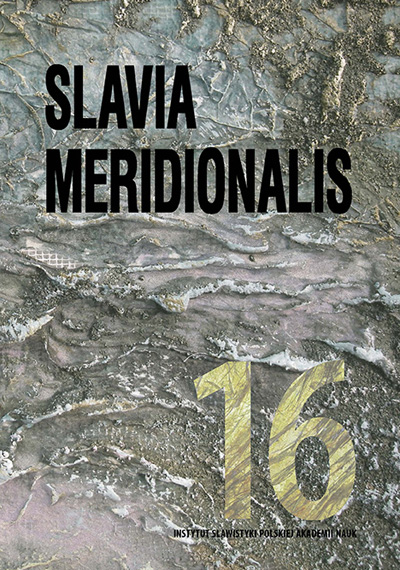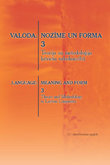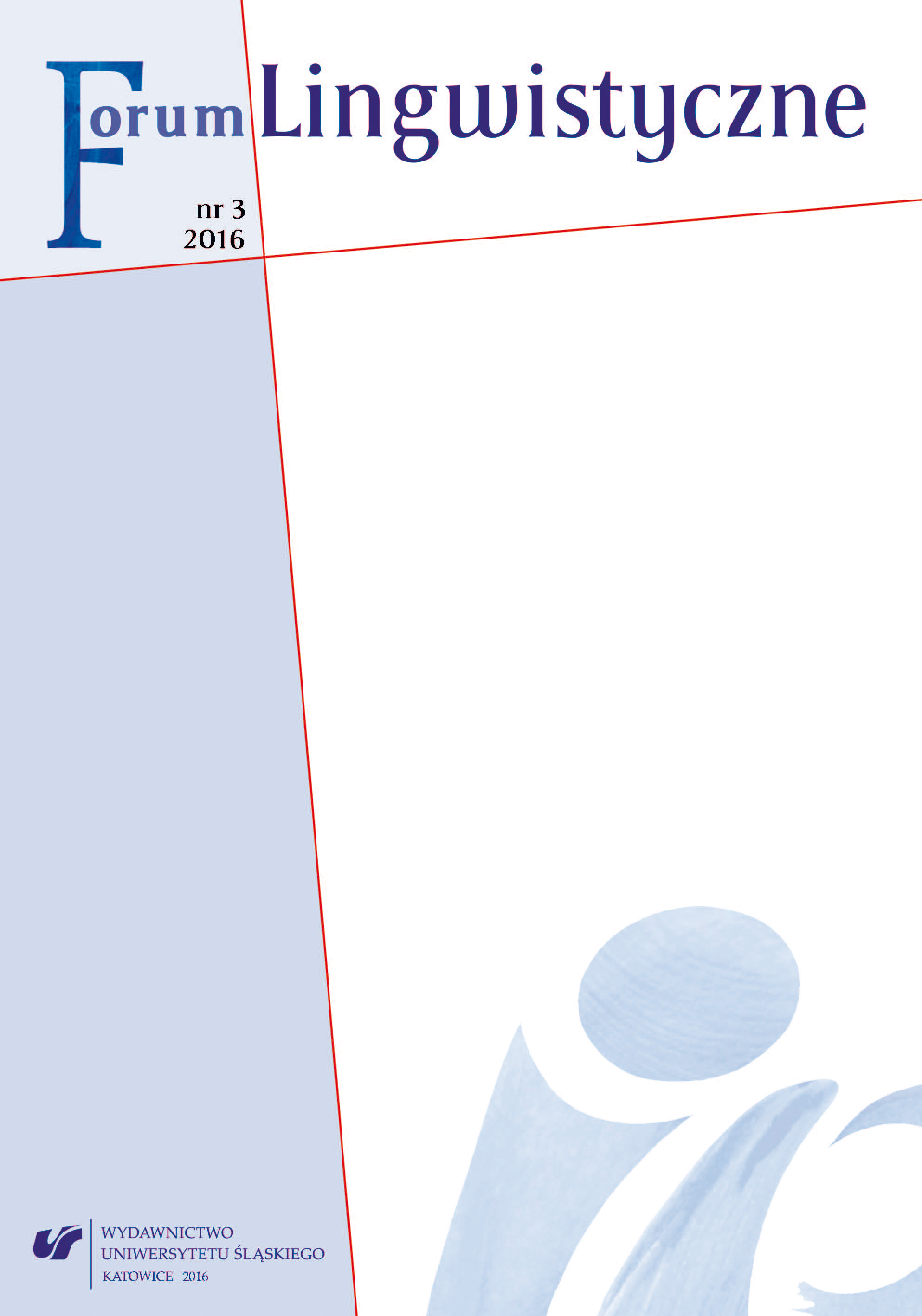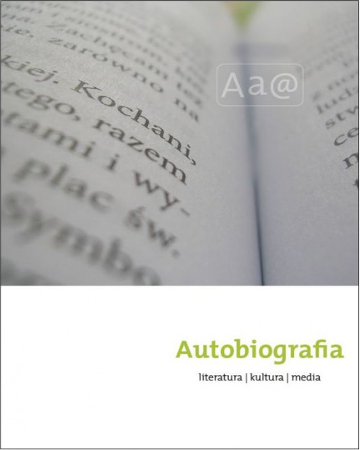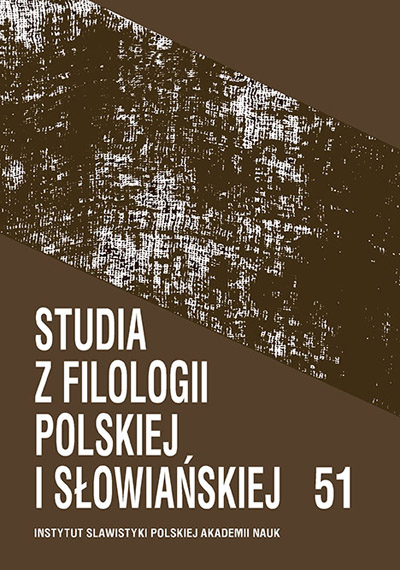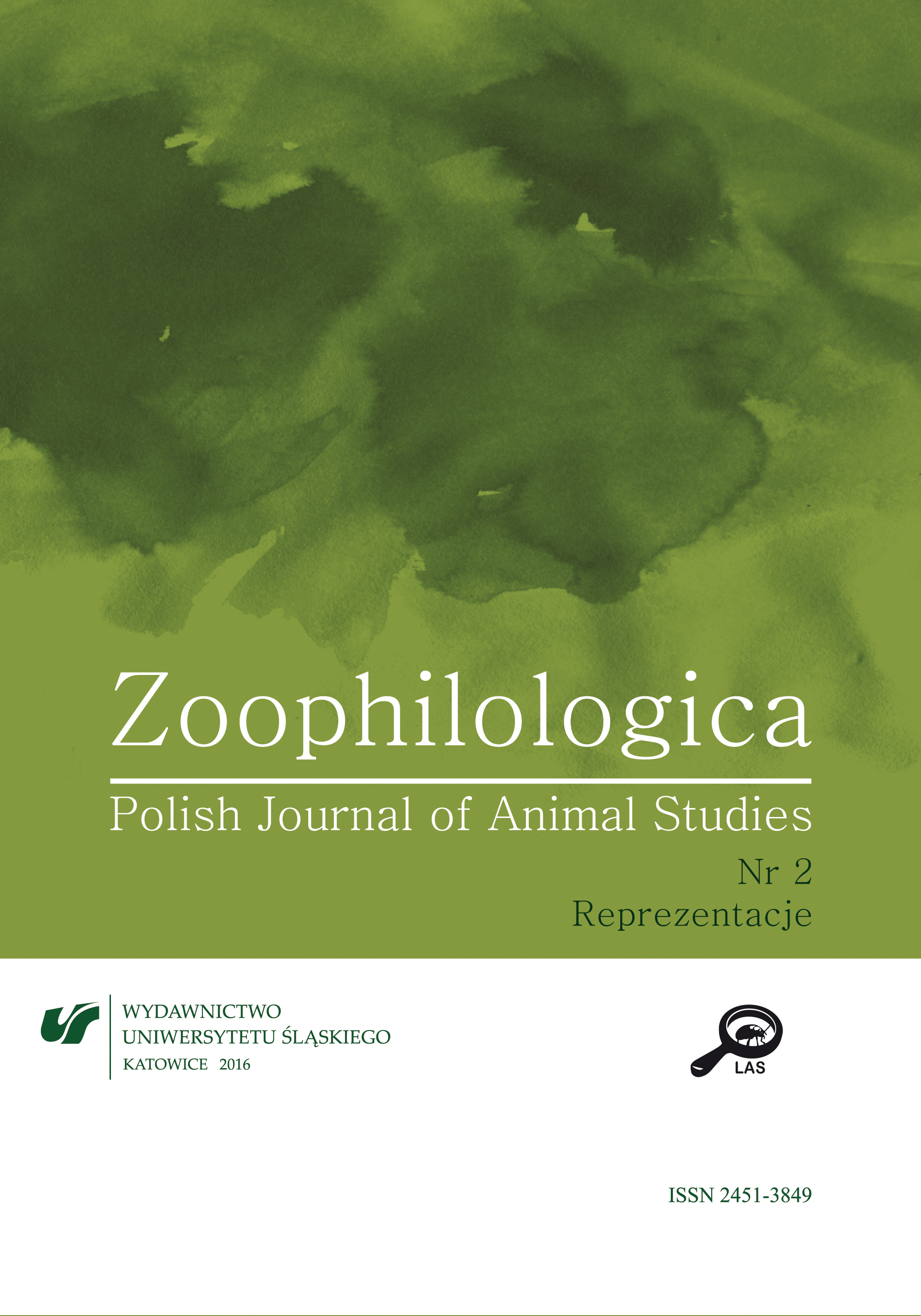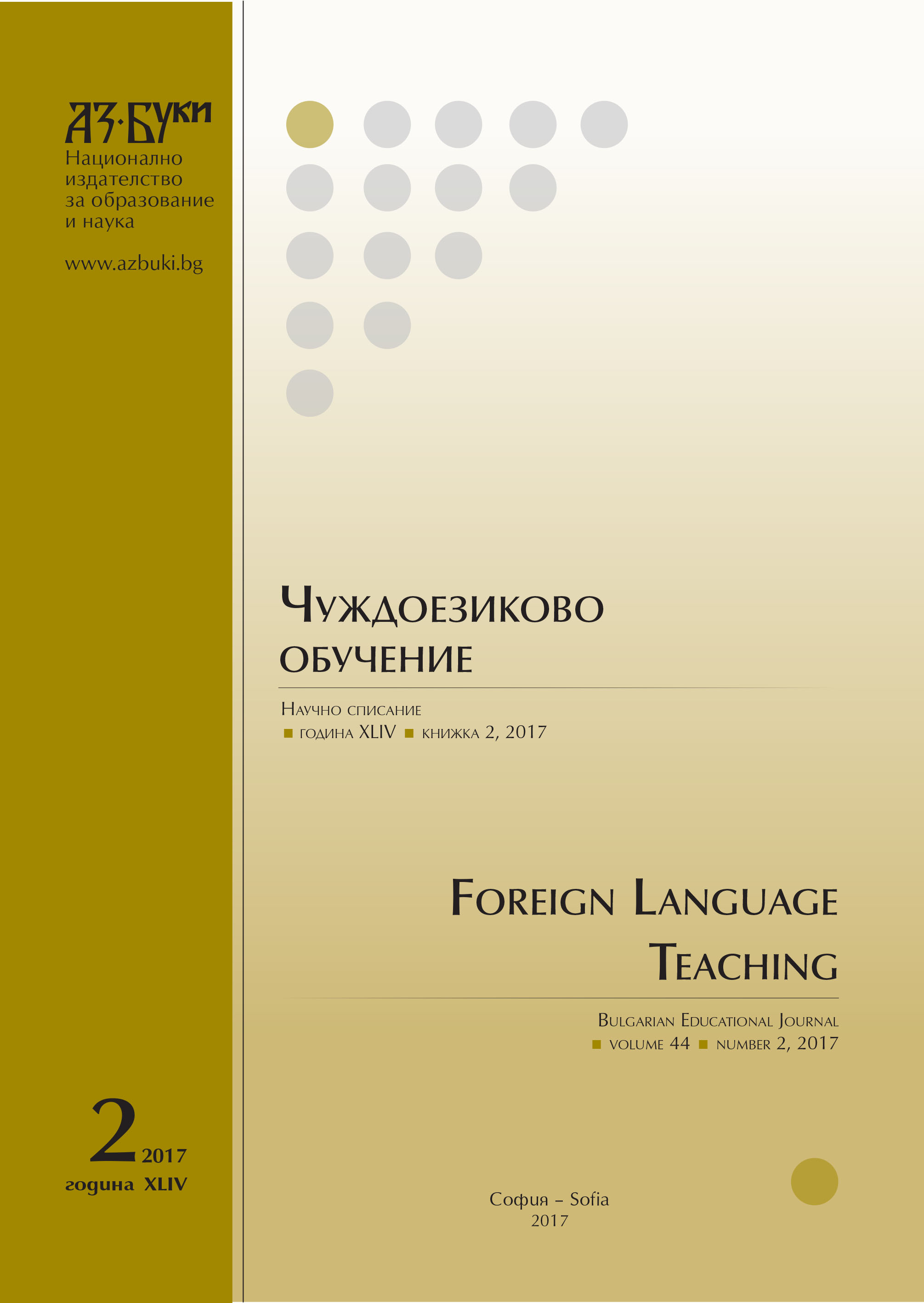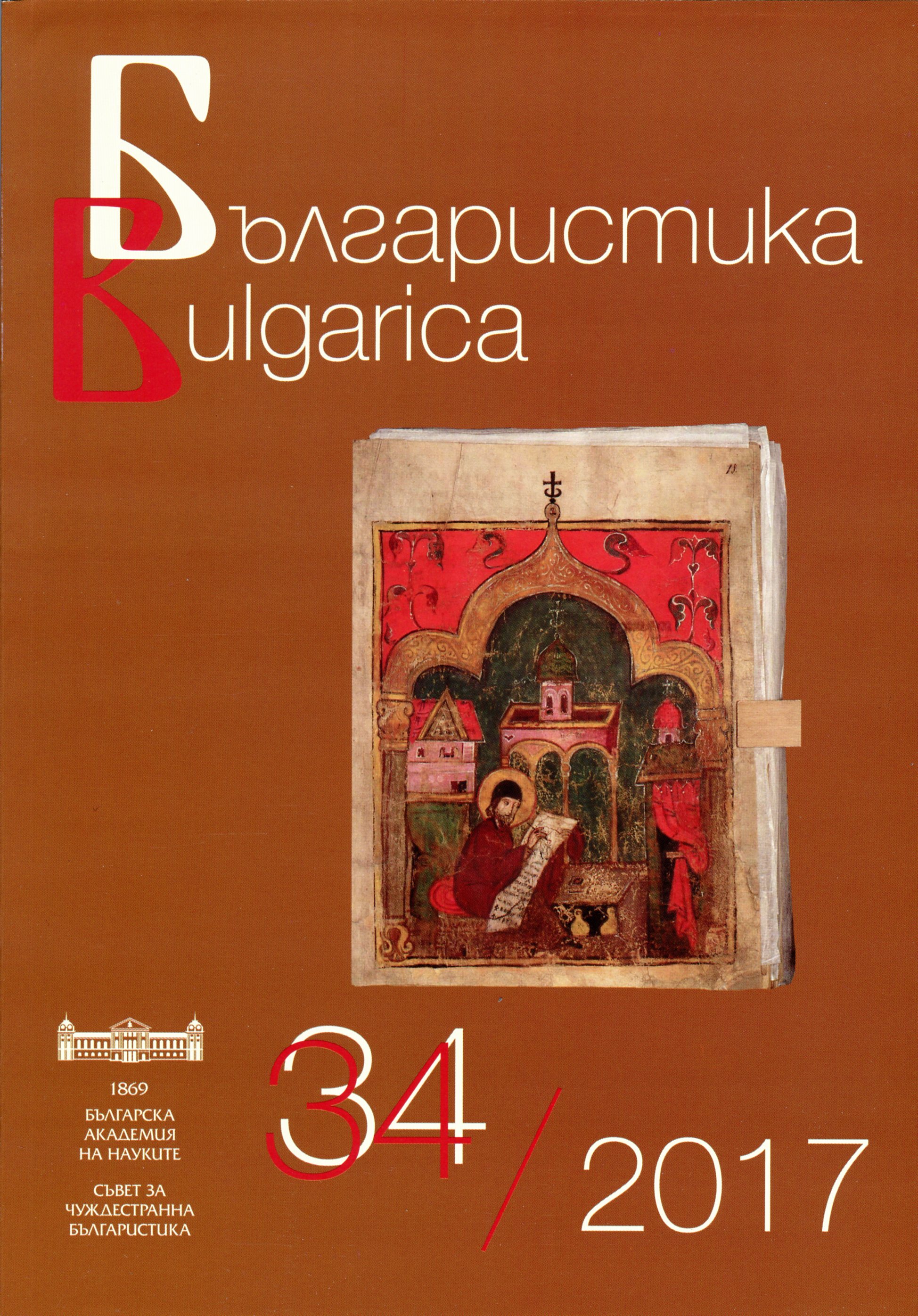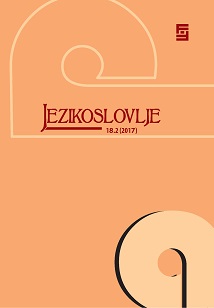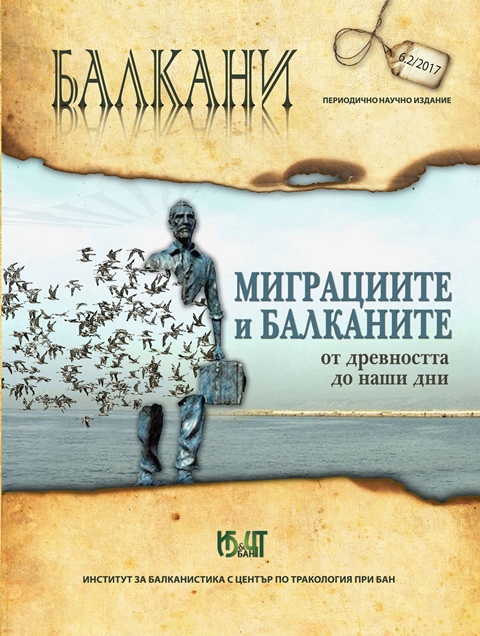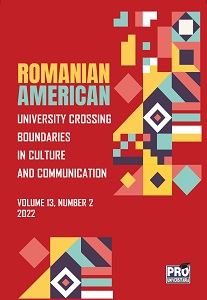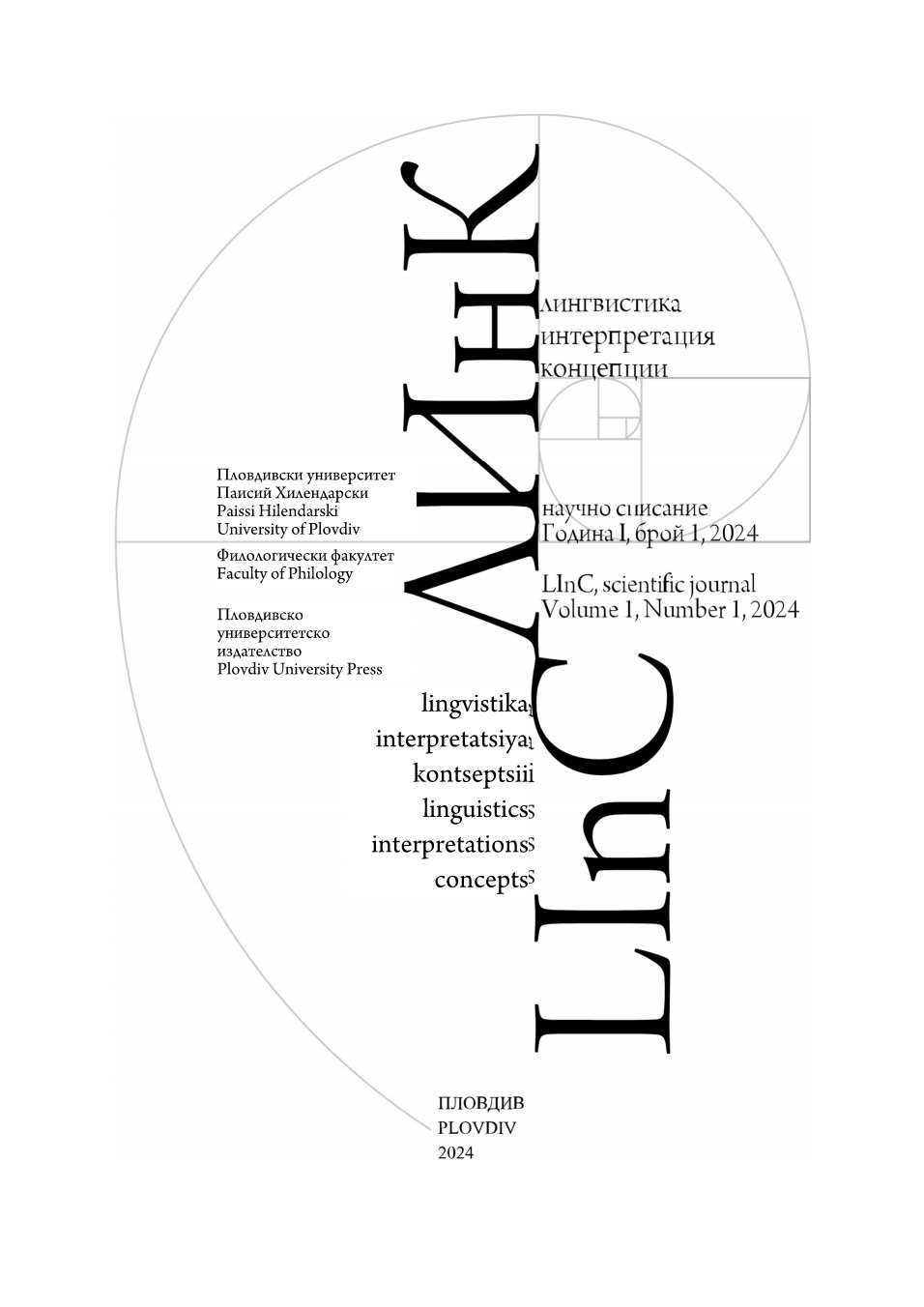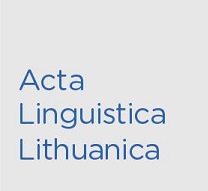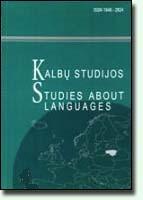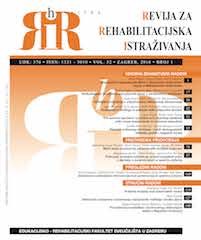
Artikulacijsko-fonološke sposobnosti djece s cerebralnom paralizom
The goal of this research was to examine and compare articulation and phonological abilities in children with cerebral palsy and their typically developing peers. An examination was conducted on a sample of 15 children with cerebral palsy and 15 typically developing children. The two groups were equalized by gender and age. The measuring instruments used were the Articulation Test and phonological ability tasks. The data were analysed using the robust discriminative analysis, t-test, chi-square test, as well as the Cohran-Cox test. The results showed a signifycant statistical difference in articulation and phonological abilities between children with cerebral palsy and typically developing children. The difference between the groups is for the most part due to the variables deletion of consonants and number of articulation errors. The variables first voice segregation, phonemic analysis, and rhyme searching are also signifi cant in creating this discriminant function. The results also confirm statistical differences in articulation and phonological abilities that are related to the type of cerebral palsy. A group of children with a spastic type of cerebral palsy was more successful in phoneme analysis, syllable analysis, consonant deletion tasks, and rhyme searching tasks. They also had better articulation abilities.
More...
